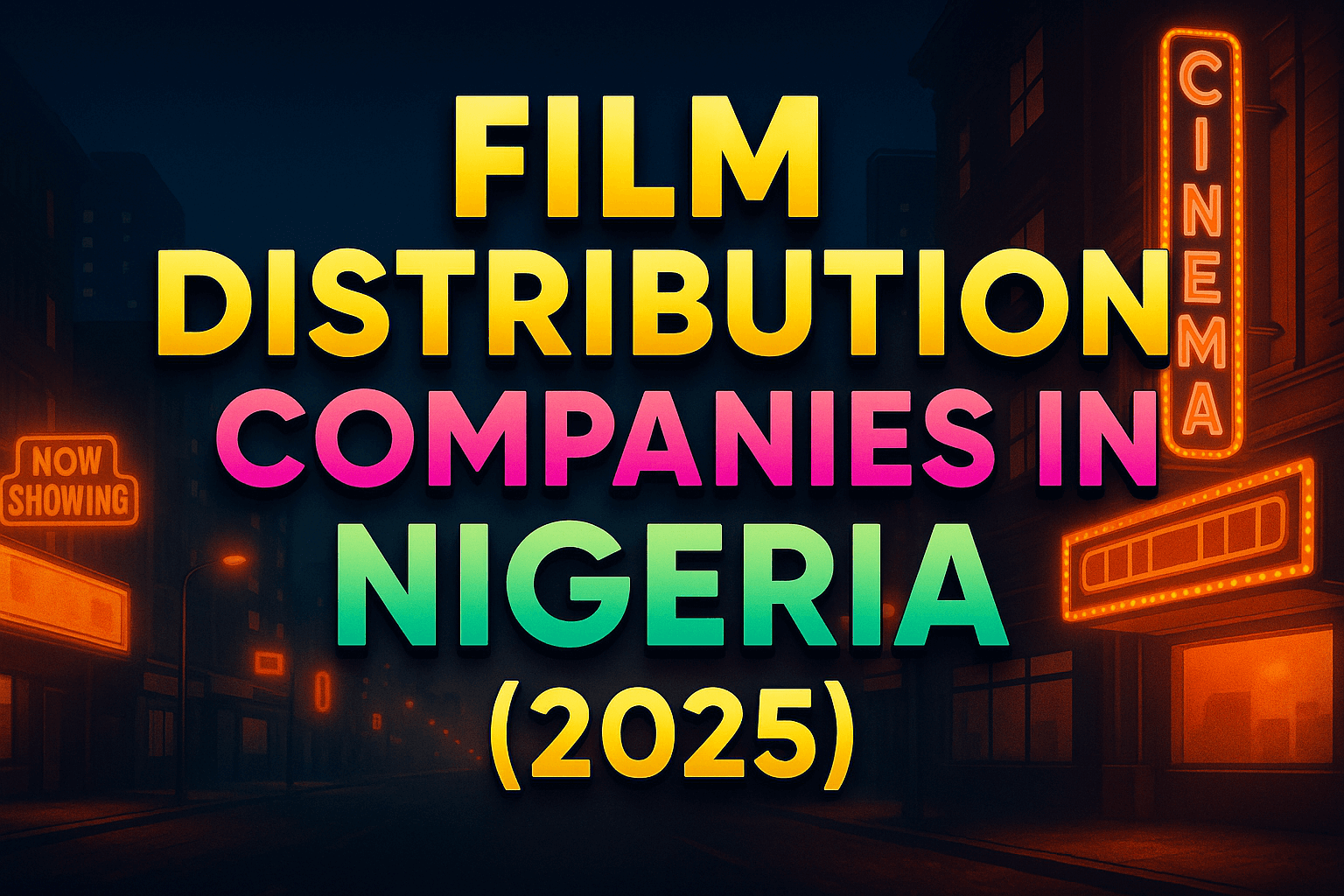Introduction
Book adaptations in the entertainment industry represent a fascinating intersection between literature and screen media. As audiences grow more diverse and streaming platforms continue to evolve, books have become a valuable source for content that appeals to both established and new audiences. For industry professionals, understanding the intricacies of adapting literature to screen is key to capitalizing on this trend. From securing rights to selecting the best content to adapt, the journey of a book-to-film or TV adaptation involves navigating a complex landscape that balances creativity, audience expectations, and market demands.
Key Takeaways
| Key Aspect | Summary |
| Definition | Book adaptations involve turning written works into films, TV series, or streaming content. |
| Market Demand | High demand for popular and niche literary adaptations as streaming platforms grow. |
| Industry Insights | Adapting books to screen requires understanding rights acquisition, audience preferences, and market trends. |
| Creative Process | Involves balancing original book material with cinematic storytelling for screen appeal. |
| Success Factors | Genre, cultural relevance, production quality, and marketing play crucial roles. |
Table of content
- The Rise of Book-to-Movie Adaptations: Trends for the Future
- How Books Become Movies: Understanding the Adaptation Process
- Where to Find Book Adaptation Deals: Resources for Industry Professionals
- Book Adaptation Insights: What Industry Professionals Should Know
- The Role of Genre in Adaptations: What Works and What Doesn’t
- Case Studies of Successful Book Adaptations
- Why Book Adaptations Matter: Cultural and Commercial Impact
- Emerging Trends in Book Adaptation Genres and Formats
- How Streaming Platforms are Changing Book Adaptations
- Adapting Bestsellers vs. Lesser-Known Works: Industry Insights
Wondering How to Break into Book-to-Screen Adaptations?

The Rise of Book-to-Movie Adaptations: Trends for the Future
The entertainment industry has witnessed a notable rise in book-to-movie adaptations, fueled by a growing demand for high-quality storytelling and the need for content that resonates with diverse audiences. This trend is driven by several key factors:
- Audience Demand: Book-based movies tap into existing fan bases, offering built-in audiences that boost viewership potential. The nostalgia associated with beloved books also attracts broader demographics.
- Streaming Platform Influence: Platforms like Netflix, Amazon Prime, and Hulu have embraced book adaptations, recognizing the value of literary IPs in retaining subscribers and attracting new viewers.
For more details on future adaptation trends, check out The Rise of Book-to-Movie Adaptations: Trends for the Future.
How Books Become Movies: Understanding the Adaptation Process
The journey from book to screen is complex, involving multiple stages where creative and commercial considerations intersect. Here’s a breakdown of the typical adaptation process:
- Acquiring Rights: Producers or studios negotiate with authors or publishing houses to acquire adaptation rights, a critical first step. The availability and cost of these rights often vary based on the book’s popularity.
- Script Development: The book is adapted into a screenplay, a process that demands skill in condensing plotlines, enhancing visual elements, and sometimes altering story arcs to suit the screen.
- Production and Casting: Once the script is ready, production teams, directors, and cast members are selected to bring the story to life. This step involves aligning the visual and thematic elements to resonate with the book’s audience while meeting cinematic standards.
To delve deeper into the adaptation journey, visit How Books Become Movies: Understanding the Adaptation Process.
Where to Find Book Adaptation Deals: Resources for Industry Professionals
Finding the right book to adapt can be challenging, especially for industry professionals seeking content with high adaptation potential. Several resources provide insights and listings for available book rights, including literary agencies, publishers, and dedicated online platforms that specialize in connecting industry players with book properties.
- Literary Agencies: Agencies represent authors and help negotiate deals, serving as a primary source for film rights to popular and niche books.
- Publishing Houses: Many publishers manage subsidiary rights and have dedicated teams that handle inquiries for book adaptations.
- Online Marketplaces: Websites like Publishers Marketplace offer listings of available book rights, making it easier for studios and producers to find adaptation-ready content.
For a guide to finding adaptation deals, explore Where to Find Book Adaptation Deals: Resources for Industry Professionals.
Need Data-Driven Insights on Book Adaptation Success Factors?

Book Adaptation Insights: What Industry Professionals Should Know
Adaptations are more than simple retellings—they require strategic decisions to ensure the story’s core essence remains intact. Industry professionals must weigh factors like fidelity to the original work, audience expectations, and market timing. A successful adaptation maintains the book’s appeal while crafting an engaging visual narrative.
Additional insights on essential factors for successful adaptations can be found in Book Adaptation Insights: What Industry Professionals Should Know.
The Role of Genre in Adaptations: What Works and What Doesn’t
Genres play a significant role in the success of book adaptations. Some genres, such as fantasy, young adult (YA), and thriller, naturally lend themselves to visual storytelling and have proven to perform well in theaters and on streaming platforms. However, adapting certain genres poses unique challenges:
- Fantasy and Science Fiction: These genres are popular but often require large budgets to recreate complex worlds and visual effects. Successful examples include “The Lord of the Rings” and “Dune.”
- Young Adult (YA): YA adaptations like “The Hunger Games” and “Harry Potter” have strong fan followings, but oversaturation in the genre means only the most unique stories tend to stand out.
- Historical Drama: While historical adaptations can attract niche audiences, the authenticity of costumes, settings, and accents can make these adaptations resource-intensive.
To explore more about how genre affects adaptation success, read The Role of Genre in Adaptations: What Works and What Doesn’t.
Case Studies of Successful Book Adaptations
Examining case studies of successful adaptations provides valuable insights into the strategies and creative choices that contribute to a book’s transformation into a hit film or series. Here are some notable examples:
- “Harry Potter” Series: Known for its dedication to source material and casting choices, this series exemplifies how faithful adaptations can cater to fans while reaching broader audiences.
- “The Lord of the Rings” Trilogy: With meticulous attention to world-building and character development, this adaptation is often hailed as a benchmark for high-fantasy films.
- “To All the Boys I’ve Loved Before”: A Netflix original, this adaptation of Jenny Han’s YA novel became a hit due to its relatable characters and modern romantic themes, showing the potential of streaming platforms in launching lesser-known books.
For a closer look at what made these adaptations successful, visit Case Studies of Successful Book Adaptations.
Why Book Adaptations Matter: Cultural and Commercial Impact
Book adaptations play a significant role in shaping both popular culture and commercial success. For studios, adapting popular books can mean a profitable venture by tapping into an established fan base. For audiences, these adaptations provide a new way to engage with beloved stories.
- Cultural Influence: Book adaptations often shape cultural conversations and trends, inspiring merchandise, fan communities, and even tourism.
- Commercial Impact: Popular adaptations can drive book sales, boost merchandise revenue, and lead to sequels or spin-offs, creating a valuable multimedia franchise.
To learn more about the impact of adaptations, check out Why Book Adaptations Matter: Cultural and Commercial Impact.
Trying to Reach Buyers for Your Adaptable IP?

Emerging Trends in Book Adaptation Genres and Formats
The landscape of book adaptations is continually evolving, with new trends emerging in genres and formats. The rise of streaming platforms and audience preferences have given rise to innovative ways of adapting stories:
- Mini-Series and Limited Series: With complex stories requiring more time to unfold, mini-series have become popular formats. This trend allows for deeper character development, as seen in adaptations like “Big Little Lies” and “Normal People.”
- Anthology Adaptations: Anthologies offer episodic adaptations of different stories within a single season, which has been effective for genre adaptations such as horror and mystery.
- Hybrid Adaptations: Some adaptations combine multiple books or reinterpret the source material, like “The Haunting of Hill House,” which takes inspiration from Shirley Jackson’s novel but reinvents elements to appeal to modern audiences.
For further insights into these emerging adaptation trends, visit Emerging Trends in Book Adaptation Genres and Formats.
How Streaming Platforms are Changing Book Adaptations
Streaming platforms have transformed the book adaptation process, opening up new opportunities for diverse storytelling and niche genres. The flexibility of streaming has allowed for:
- Global Reach: Platforms like Netflix and Amazon Prime provide international exposure, helping adaptations reach wider audiences and find global success.
- Content Diversity: Streaming has encouraged the adaptation of diverse voices and underrepresented stories, appealing to more varied demographics.
- Viewer-Driven Adaptations: Streaming platforms use viewer data to guide content decisions, often adapting books with strong engagement metrics or social media followings.
Streaming platforms have therefore become pivotal in shaping the future of book adaptations. For more on how they’re influencing adaptations, see How Streaming Platforms are Changing Book Adaptations.
Adapting Bestsellers vs. Lesser-Known Works: Industry Insights
The choice between adapting bestsellers or lesser-known works involves different strategies and risks. Both options offer unique opportunities:
- Bestsellers: Adapting a bestseller offers an existing fan base and a higher probability of commercial success. However, high expectations from fans may put pressure on the adaptation’s fidelity to the original work.
- Lesser-Known Works: These adaptations allow for more creative freedom and can result in cult favorites or sleeper hits. They also provide a fresh, less scrutinized approach, appealing to audiences interested in unique stories.
The choice largely depends on the target audience and the intended scope of the adaptation. To read more about the pros and cons, visit Adapting Bestsellers vs. Lesser-Known Works: Industry Insights.
Frequently Asked Questions
Book adaptations are the process of transforming literary works into screen content, such as movies or TV series, often to appeal to established book audiences and reach new viewership.
These adaptations attract pre-existing fans of the book, provide rich source material, and align with the content demand from streaming platforms, enhancing both cultural and commercial value.
Genres like fantasy, young adult, thriller, and historical drama are popular for adaptations due to their broad appeal and potential for visual storytelling.
Streaming platforms allow greater global reach, foster diverse storytelling, and provide data-driven insights that help studios select books with strong viewer engagement potential.















































![Top Film Financing Companies in the UAE [2025 Guide] 39 Top Film Financing Companies in the UAE](https://vitrina.ai/wp-content/uploads/2025/10/Top-Film-Financing-Companies-in-the-UAE1-1.png)





![India's Top Film Distribution Companies [2025 Power List] 45 Top Film Distribution Companies](https://vitrina.ai/wp-content/uploads/2025/10/Top-Film-Distribution-Companies-1.png)
![The Top VFX Companies in India [2025 Ranking] 46 Top VFX Companies in India](https://vitrina.ai/wp-content/uploads/2025/10/The-Top-VFX-Companies-in-India-1.png)
![UK's Top Film Distribution Companies [2025 Edition] 47 UK's Top Film Distribution Companies](https://vitrina.ai/wp-content/uploads/2025/10/Japans-Top-VFX-Animation-1.png)
